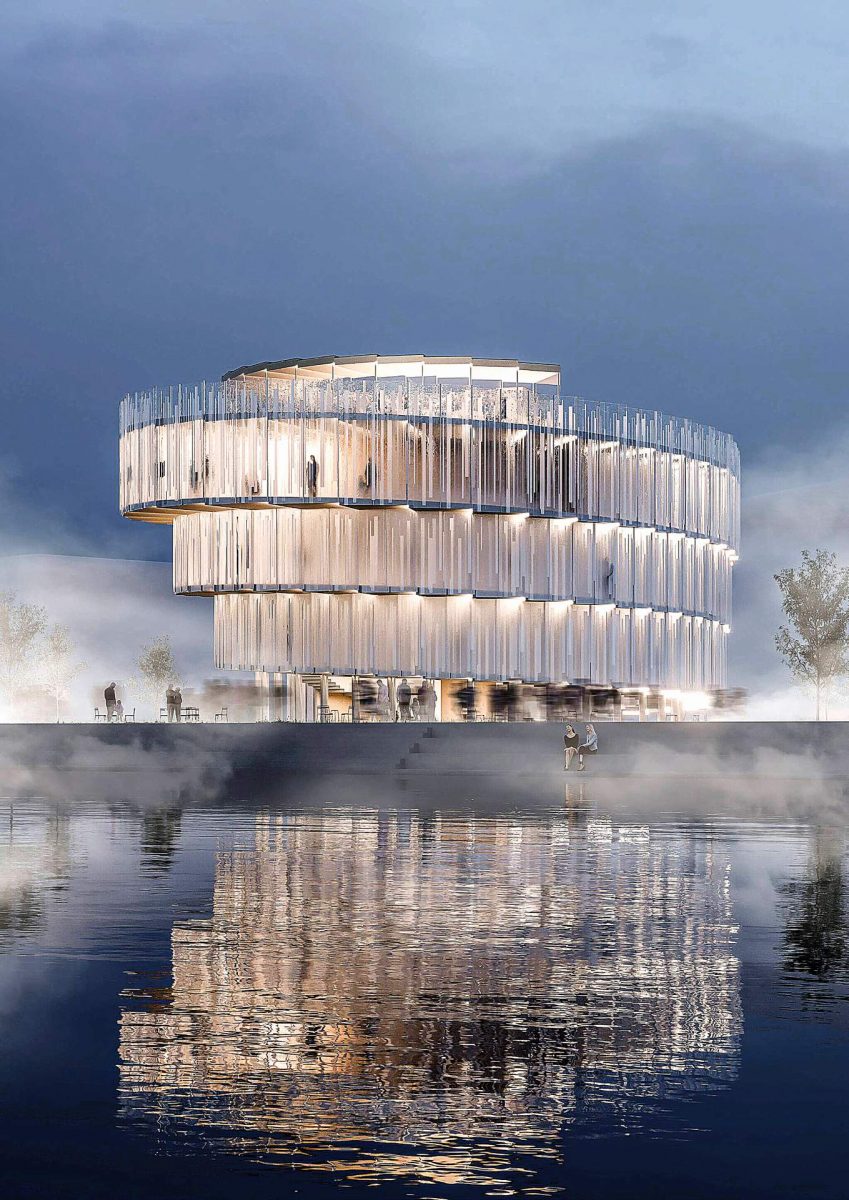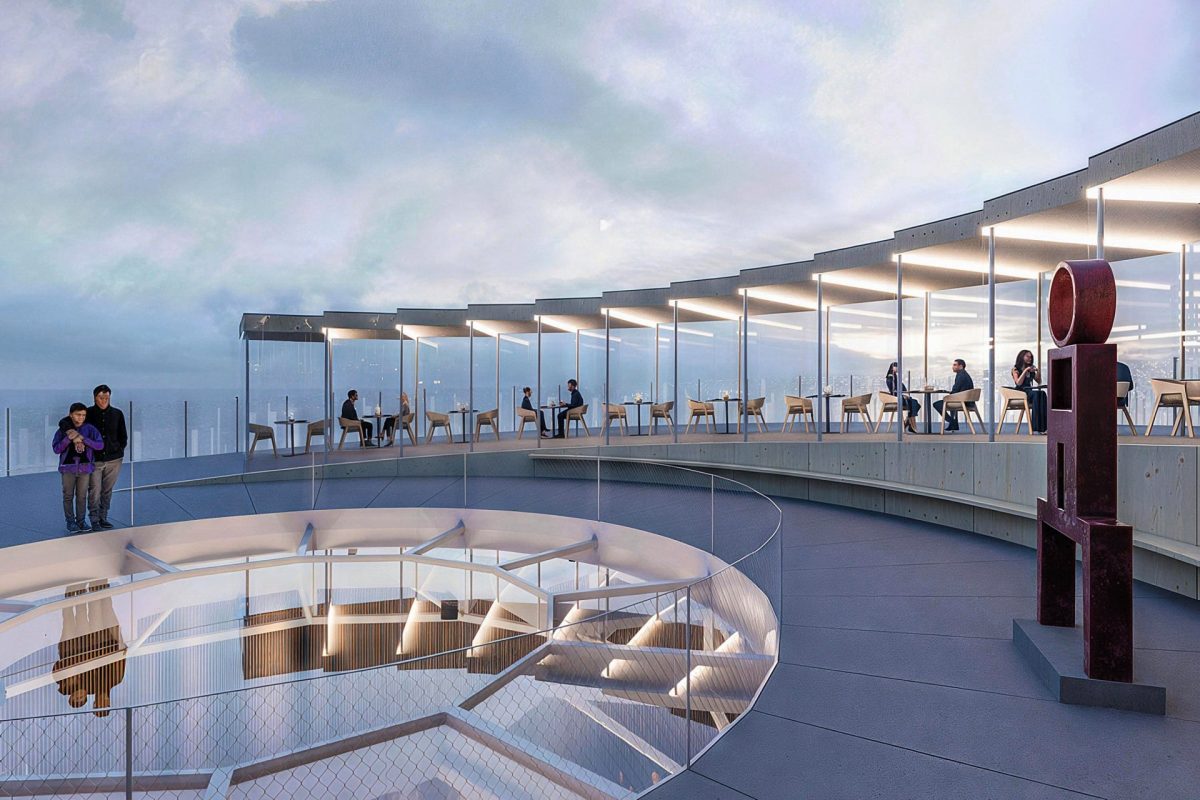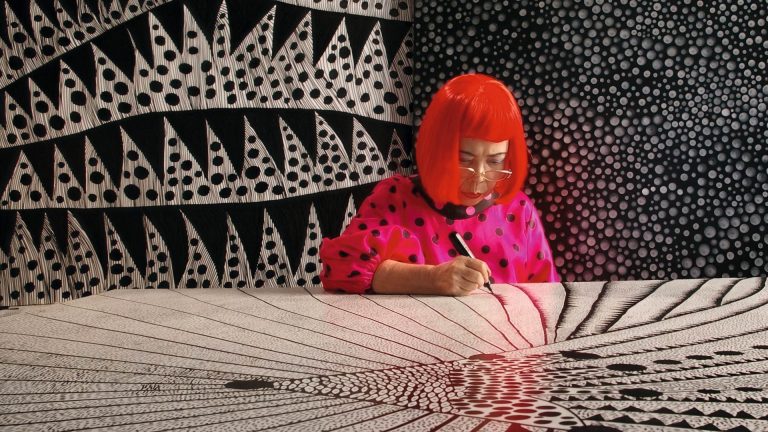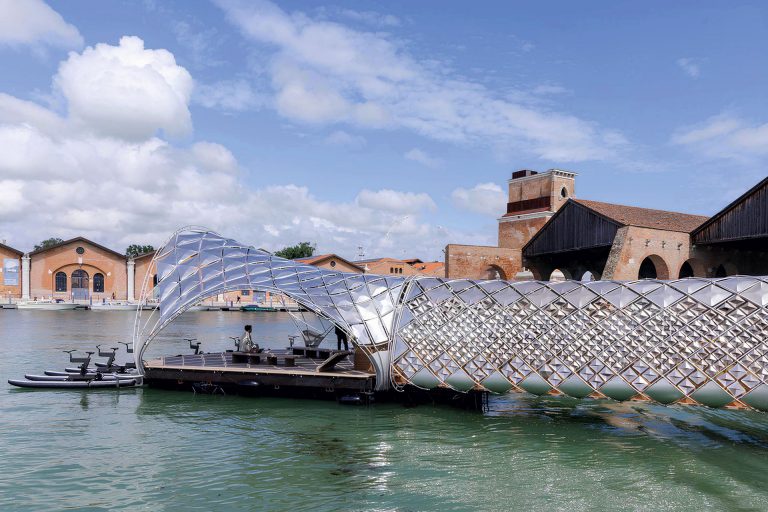The World Expo 2025 is taking place in Osaka, Japan. City World showcases five of the most architecturally stunning pavilions.
This year’s Expo theme, “Designing Future Society for Our Lives,” provides unlimited scope for curatorial creativity. The exhibition space will span over 60,000 sq. m, occupying the entire Yumeshima Island and becoming the year’s premier event in design and modern technology. As always, the participating nations’ pavilions draw special attention.
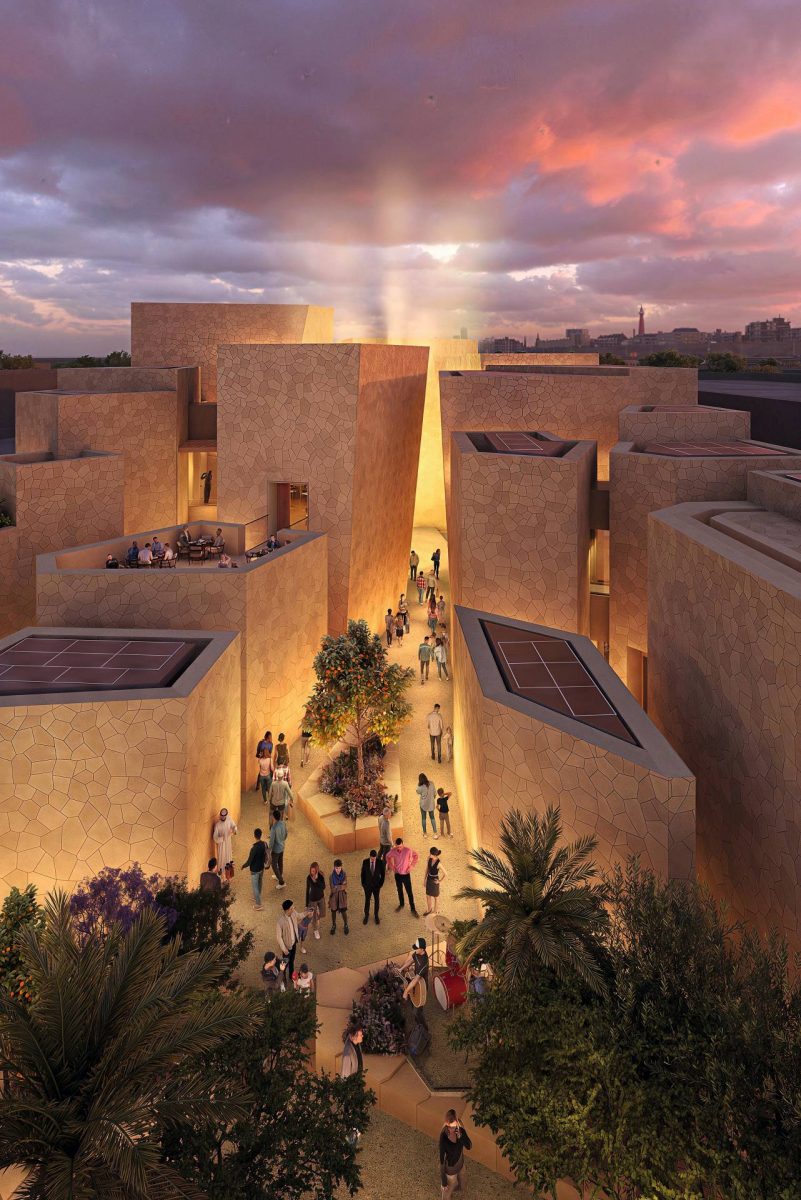
Saudi Arabia
The Saudi pavilion was designed by the renowned British firm Foster + Partners. The architects say their design was informed by extensive research into the country’s ancient villages and settlements. Indeed, the country’s Expo 2025 pavilion references the kingdom’s traditional architecture: the space resembles a classic Saudi settlement with organically shaped houses and maze-like streets. Inside, visitors are immersed in Saudi Arabia’s rich history and culture through virtual exhibitions. The Foster + Partners project also exemplifies today’s popular eco-friendly construction, featuring energy-saving technologies like solar panels and rainwater collection systems.
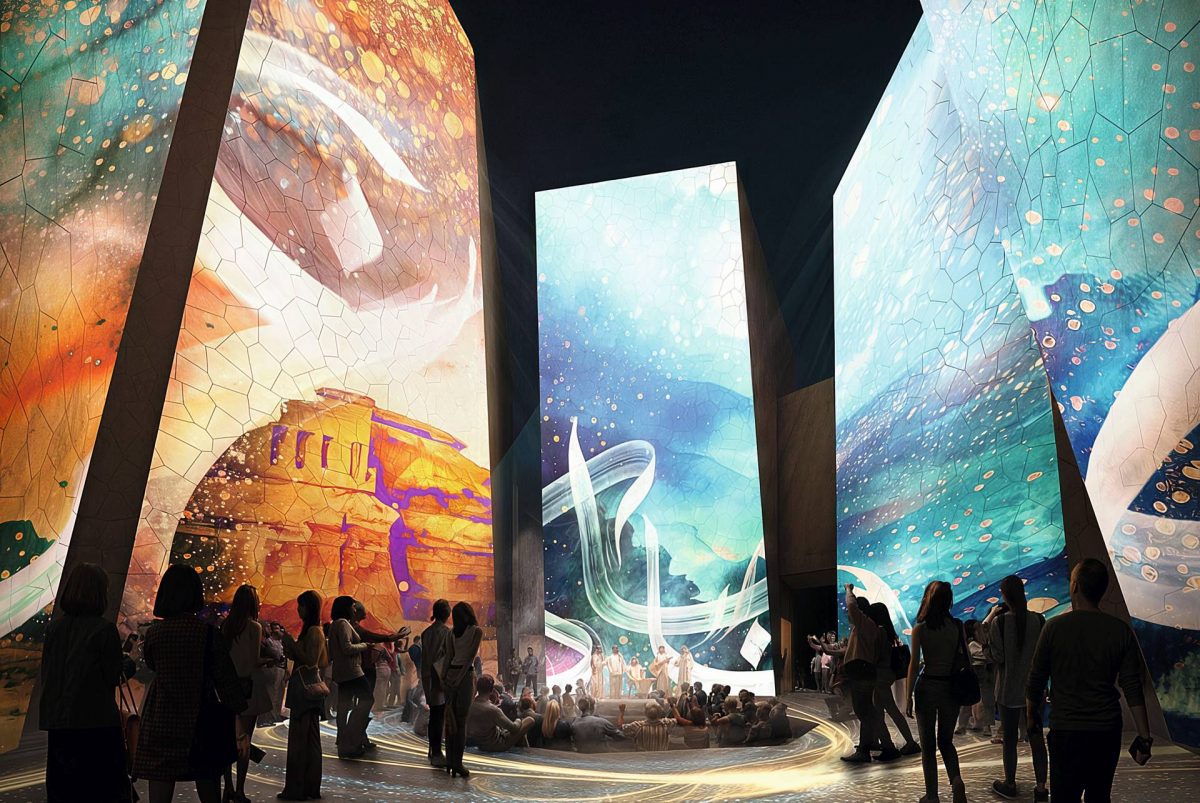
Singapore
The Singapore pavilion, designed by local firm DP Architects, carries the symbolic name “Dream Sphere.” This name wasn’t chosen randomly. First, the pavilion’s structure takes the form of a massive red sphere covered in small “scales” (red being the color of the national flag). Second, the pavilion’s multimedia exhibition, created by contemporary Singaporean artists, demonstrates how the nation has realized its boldest dreams through persistence and visionary thinking. Pavilion visitors can explore Singapore’s culture, art, and cuisine, which the project curators hope will boost interest in Singapore as an emerging global tourism destination.

Czech Republic
The Czech Pavilion, titled Sculpting Vitality, is a large glass spiral symbolizing the winding path of human life in pursuit of perfection. The structure itself is made of modern CLT panels, while the façade is clad in artistic Bohemian glass — an embodiment of how, according to the pavilion's creators from Apropos Architects, tradition meets contemporary technology today. Visitors will be able to climb to the rooftop, where a viewing platform awaits. Along the way, they can explore the story of how the Czech Republic emerged as one of the cradles of European culture — an experience brought to life through the pavilion’s interactive exhibition.
Kuwait
The Kuwait pavilion, designed by German architecture firm LAVA, draws inspiration from the country’s nature and rich cultural heritage. The structure features a contemporary biophilic design combined with traditional Islamic architectural elements. The building’s wing-shaped roof spreads over the entrance like a grand gateway (symbolizing famous Kuwaiti hospitality, according to the architects), while translucent facades with subtle night lighting create a space for relaxation and contemplation. The pavilion houses an interactive exhibition showcasing Kuwait’s history and traditions. A small shaded rest area sits in front of the pavilion, while the courtyard features an intimate garden for prayer or quiet contemplation.
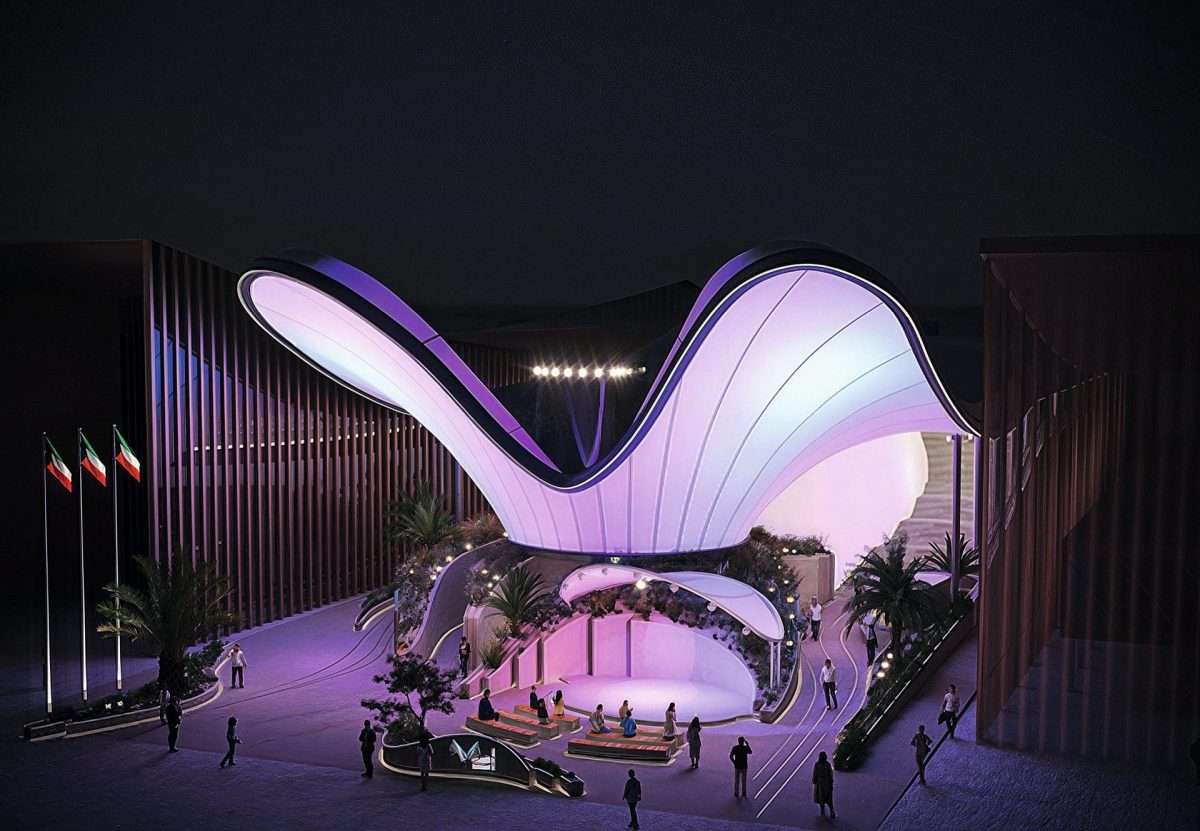
Switzerland
Switzerland has presented one of the most striking pavilions at Expo 2025. Manuel Herz Architekten has designed a large futuristic structure that seamlessly blends into Yumeshima Island’s natural landscape. The building’s lightweight balloon structures feature living plants and reflective plastic cladding, which will be recycled after the exhibition ends. According to its creators, the Swiss pavilion symbolizes the harmonious coexistence between the natural environment and human-made living spaces. Exhibition visitors can shape the future themselves through an innovative installation combining art, science, and diplomacy.
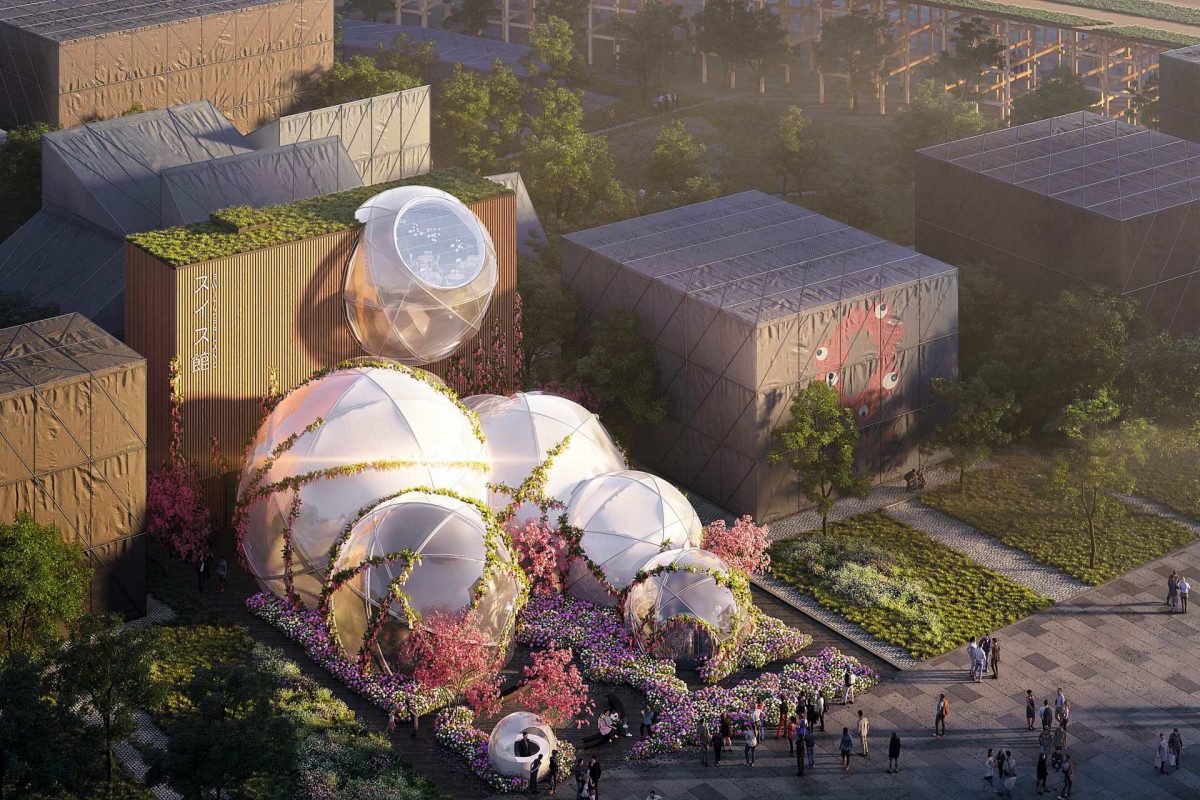
Photo: Vostock Photo; ©FDFA/Press Office
